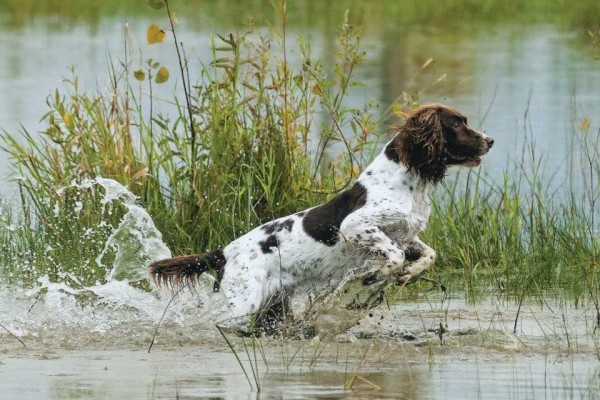The hunting and outdoor recreation market breaks down into four categories, including big game, small game, migratory birds and other animals, such as raccoons and feral pigs.
South Africa hunting and outdoor recreational market
South Africa had the largest hunting industry “in terms of numbers of operators, visiting hunters, animals shot and revenues generated”.
- There are 12 000 game farms in South Africa
- 10 000 of these farms have hunting exemption.
- 20 million hectares of land is in private ownership representing about 70% of land use for wildlife conservation; the other 30% is government owned national and provincial game reserves.
- The hunting industry has generated R7.7 Billion in 2011 – .5% of SA’s national GDP.
- 1 Billion per year was generated from around 250 000 biltong hunters in South Africa. R2.1 Billion per year was generated from around 15 000 trophy hunters from abroad. The balance was generated from add-on services, food and accommodations.
- Trophy hunting has a lesser impact on wildlife than biltong hunting.
- Hunting is by far the largest revenue generator for game farmers. The sale of animals represents only around 5% of the revenue generated by game farmers.
- Sixty per cent of all wildlife in South Africa is owned privately outside of national and provincial parks.
- Game and hunting farmers are the largest contributors towards the conservation of wildlife.
- Game farms create three times more employment than on a normal livestock farm. In recent years, more than 70 000 jobs were created on newly established game farms.
America hunting and outdoor recreational market
The average hunter in US spends 18 days engaged in his passion each year. With 12.5 million individuals, that’s 220 million days spent in the woods, fields and wetlands each year.
In 2014, almost 15 million people participated in hunting in the United States. In the U.S., hunting is generally regulated on a state-by-state basis but all protected species hunters’ country-wide are required to hold a hunting license. There were 14.84 million paid hunting license holders in the U.S. in 2015.
| Average spendings of hunters in the U.S. on recreational hunting | $2,484 |
| Average spendings of wildlife watchers in the U.S. on recreational wildlife watching | $766 |
| Number of paid hunting license holders in the U.S. | 14.84m |
| Number of participants in wildlife viewing in the U.S. | 20.72m |
| Total economic impact of the U.S. sporting arms and ammunition industry | $49.28bn |
| Number of jobs in the U.S. sporting arms and ammunition industry | 209,750 |
There are almost 600 trips with 68 different animals are offered in North America and about 60 trips with 24 species are offered in South America on https://www.bookyourhunt.com/hunting-in-north-america and https://www.bookyourhunt.com/hunting-in-south-america.
Average rate for 7-days moose hunting trip in North America is about $9,000.
Europe hunting and outdoor recreational market
Scandinavia
Scandinavia is the cultural, historical, and ethnic region of northern Europe that includes the three kingdoms of Denmark, Norway, Sweden, and by extension, the republics of Finland and Iceland. Tourism is a well-developed industry in Scandinavia and this region entertains millions of tourists and outdoor enthusiasts every year.
Scandinavian species list: European Moose, European Reindeer, European Red Deer, European Fallow Deer, European Roe Deer, Wild boar, Lynx, Wolverine, Capercaillie, Black Cock.
Exotic species list includes Whitetail Deer and Raccoon Dog.
In Sweden for example, there are an estimated 300,000 hunters and each hunter spends an average of 20 days per annum on hunting. The total gross hunting value in Sweden is estimated to be about 3 billion SEK per annum.
Spain
Spain has a hunting economy that provides, directly and indirectly, more than 3,600 million euros to the country each season , according to a study published by the Royal Spanish Federation of Hunting and Foundation study and Defense of Nature and Hunting (FEDENCA).
This would be a 0.34% of Spanish GDP. In addition, the report estimates about 30,000 jobs related to hunting, 50,000 induced.


